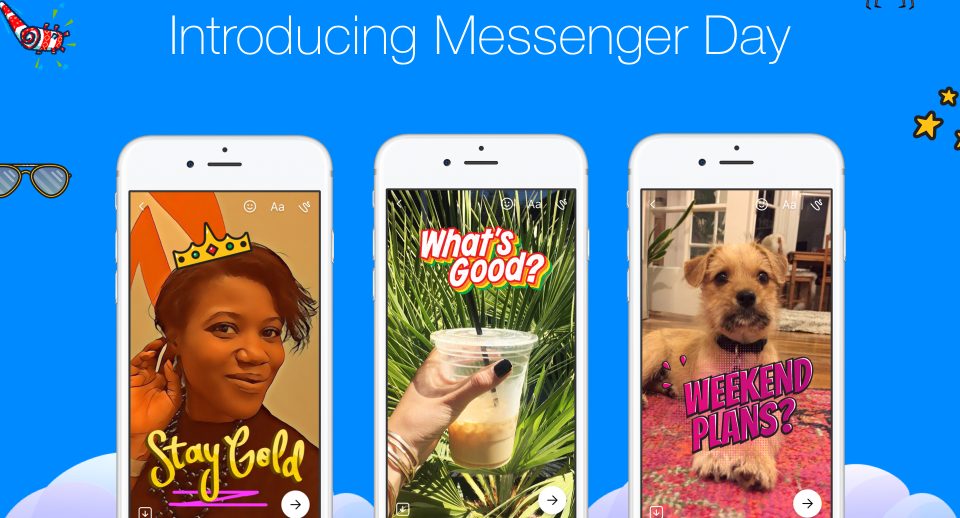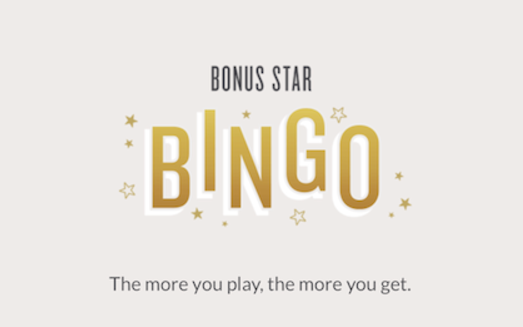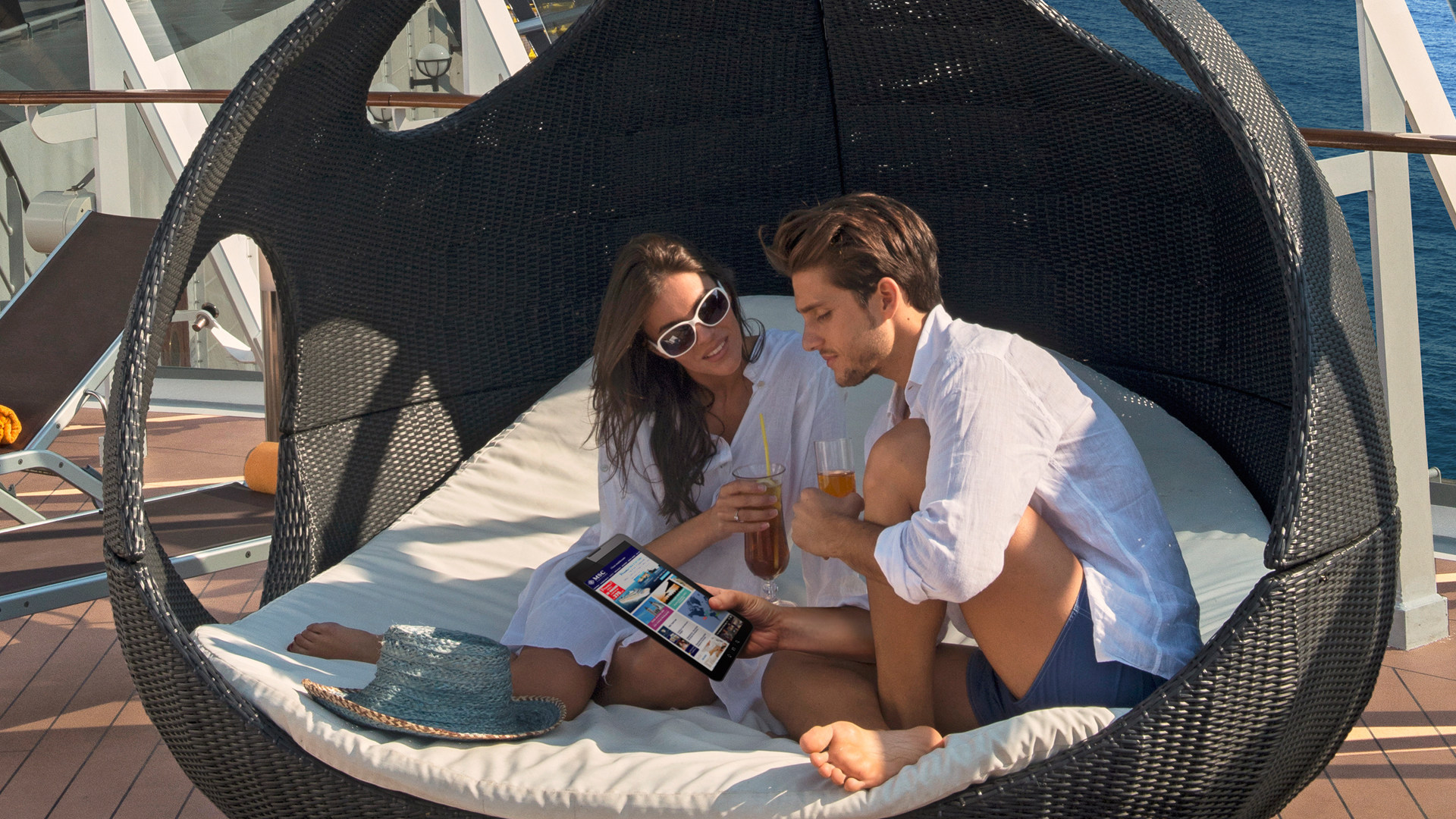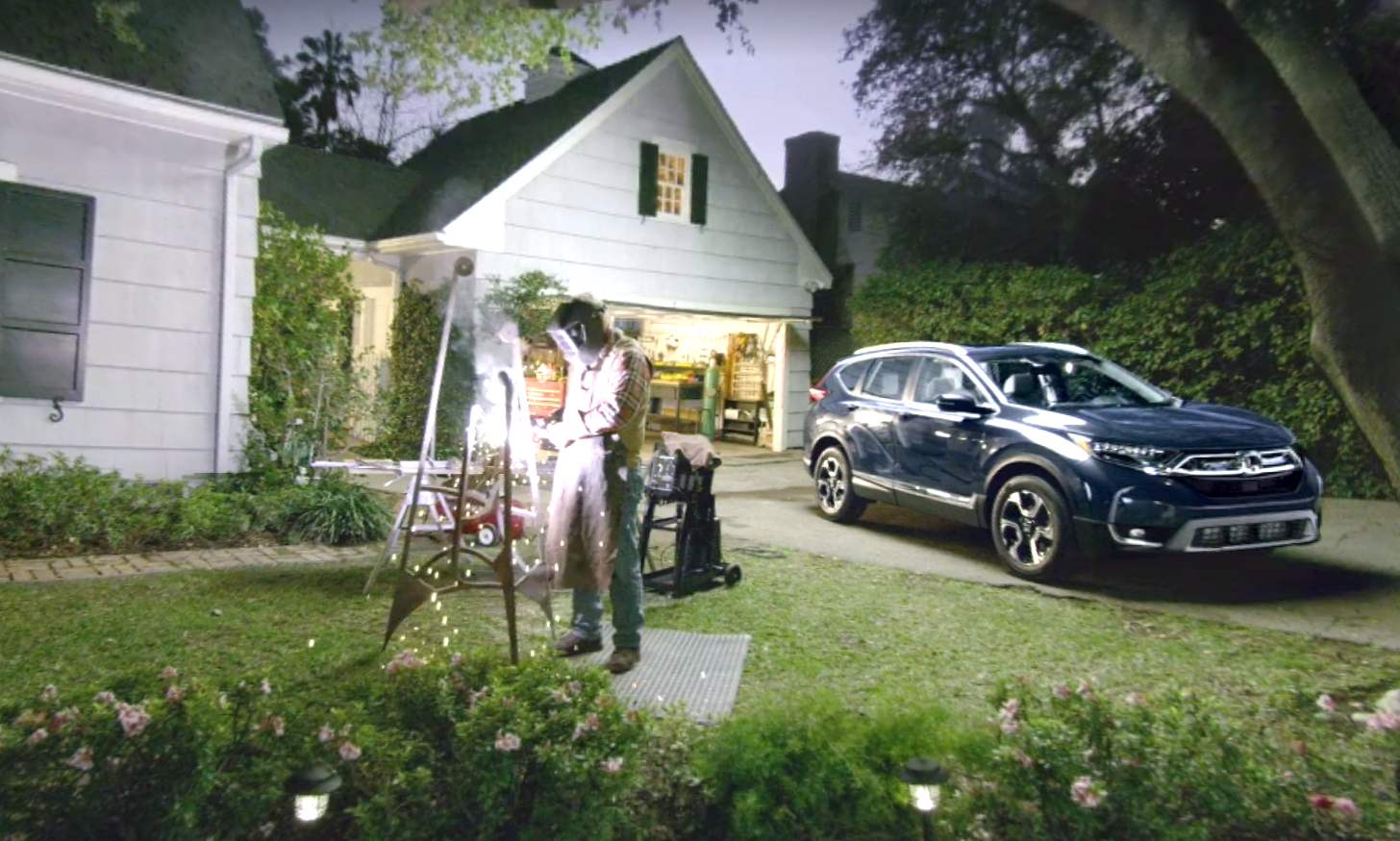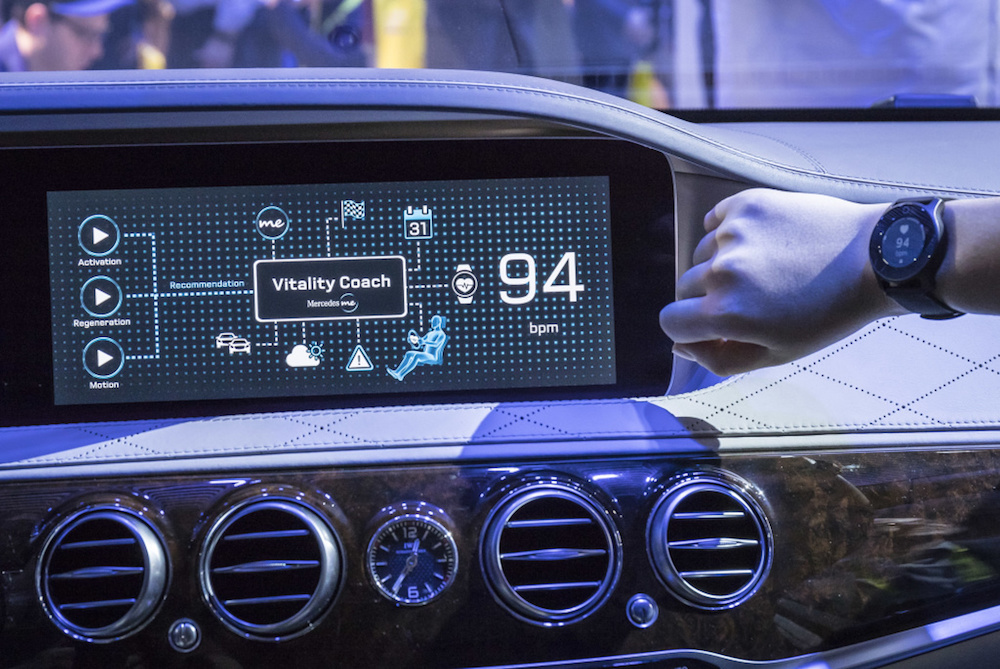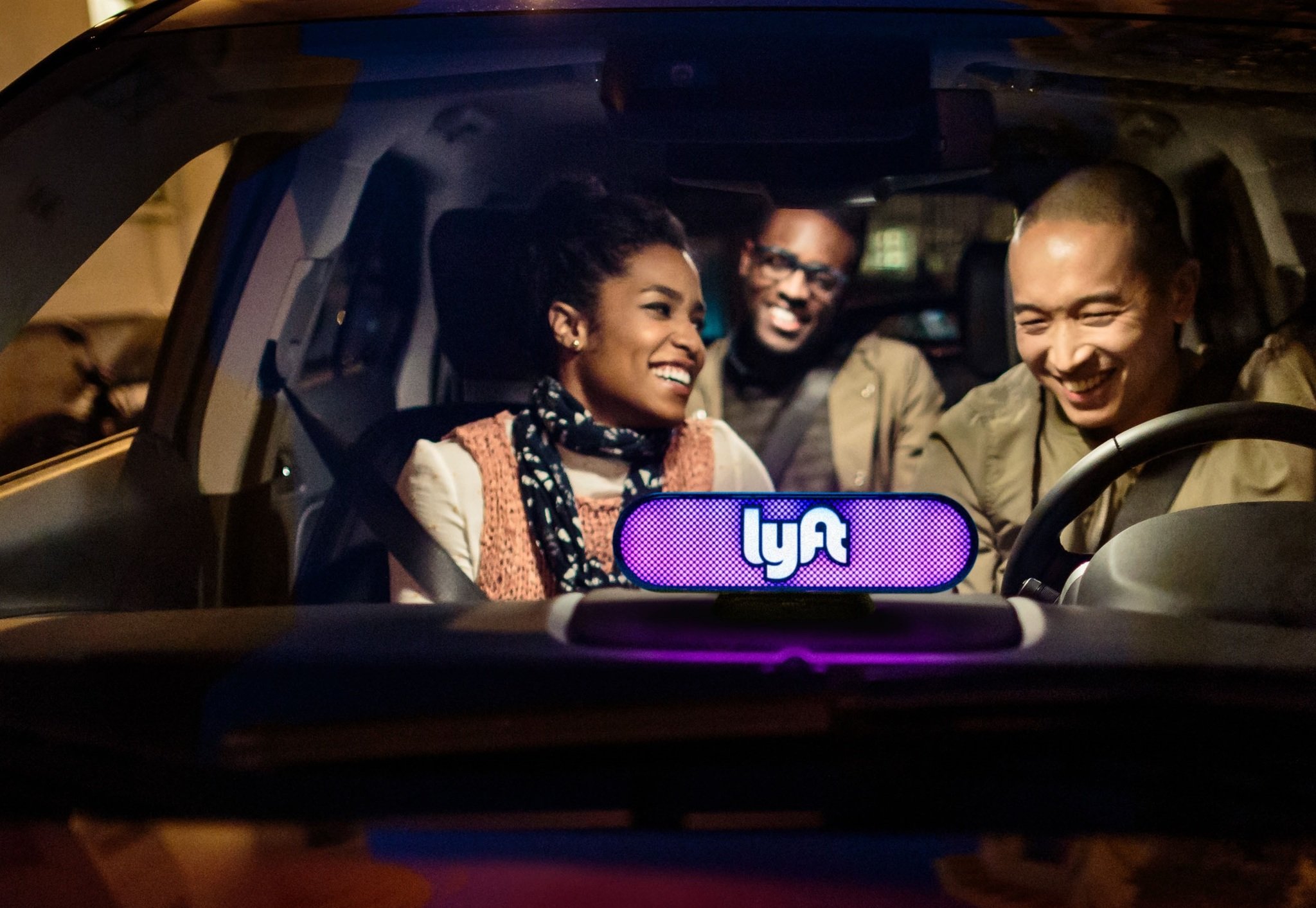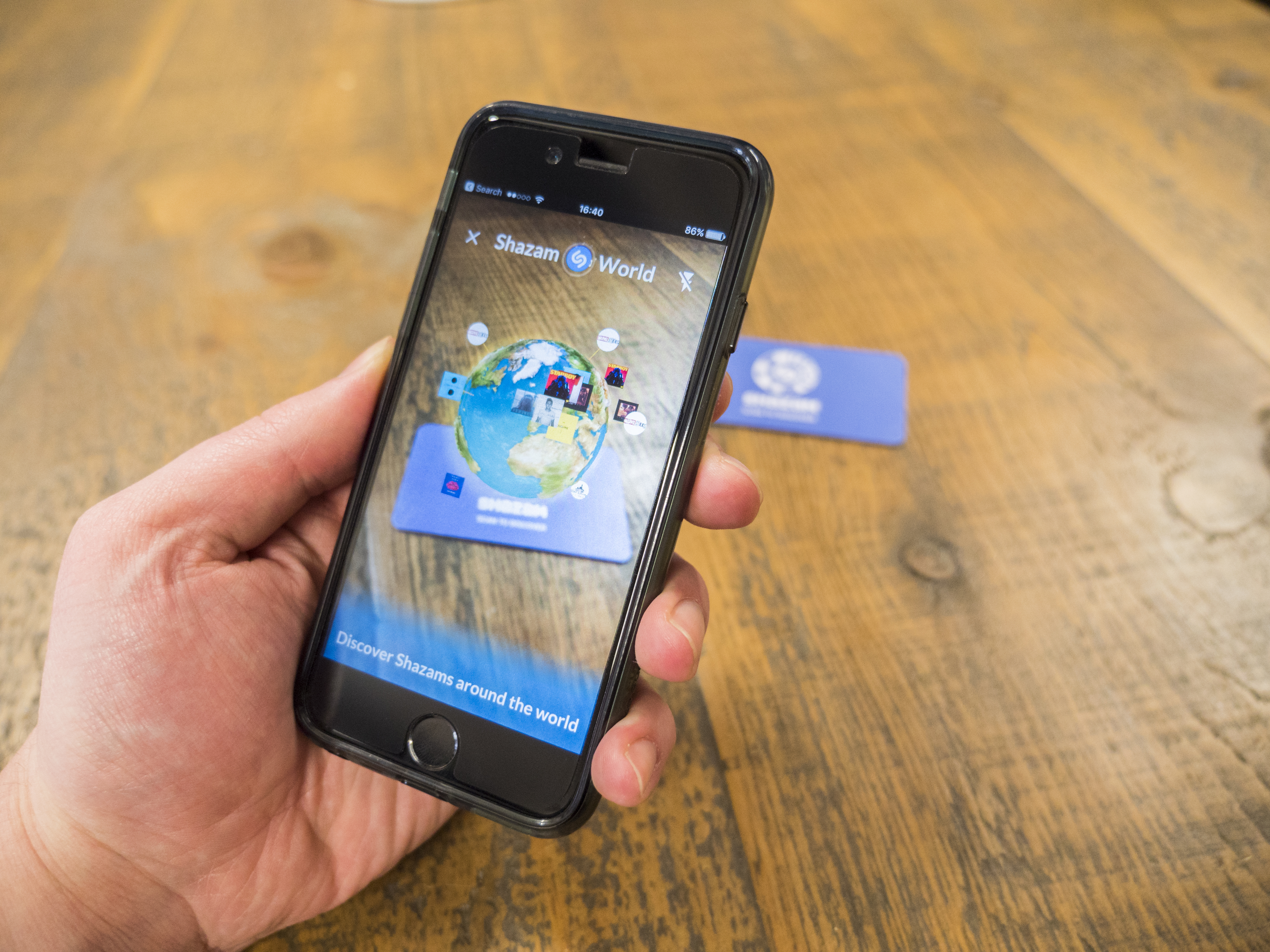What Happened
After months of testing in select markets such as Poland and Australia, Facebook today started to globally roll out its latest Snapchat Stories-inspired feature in Messenger. Dubbed Messenger Day, the new visual communication feature works in a similar way to the Instagram Stories, as a slew of disappearing photos and videos shared by your Facebook friends sit atop your chat threads. Users can embellish the photos and videos with filters, drawings, and stickers, just like in Snapchat. They can also reply privately to a friend’s Messenger Day with one tap.
One original feature Facebook added for Messenger Day, however, is the “call-to-action” stickers that people can add to their Messenger Day, which includes “who is up for dinner?” or “let’s grab a drink.” According to Facebook, this feature is designed to facilitate real-world meetups between friends by making it easier to communicate the desire for company and see who is free to hang out. Facebook says it will also insert ads in between Messenger Day content down the road.
What Brands Need To Do
This marks Facebook’s latest effort in curbing Snapchat’s growth and copying its camera-focused features. If proven popular, this feature could become a viable new ad channel for brands to reach Facebook Messenger’s one billion active users worldwide, a welcome addition for brands looking to reach mobile customers.
We are approaching an age where cameras are increasingly becoming one of the primary input sources of our digital life. Beyond the visual communication features pioneered by Snapchat, we are also seeing some brands get in on with the trend. Mastercard is now allowing app users in Europe to authenticate their payments with a selfie, for instance. The surging prominence of visual input is set to bring a new set of opportunities and challenges that brands will need to learn to navigate in order to adapt to the shifting consumer behaviors.
Source: TechCrunch
Header image courtesy of Facebook Newsroom
